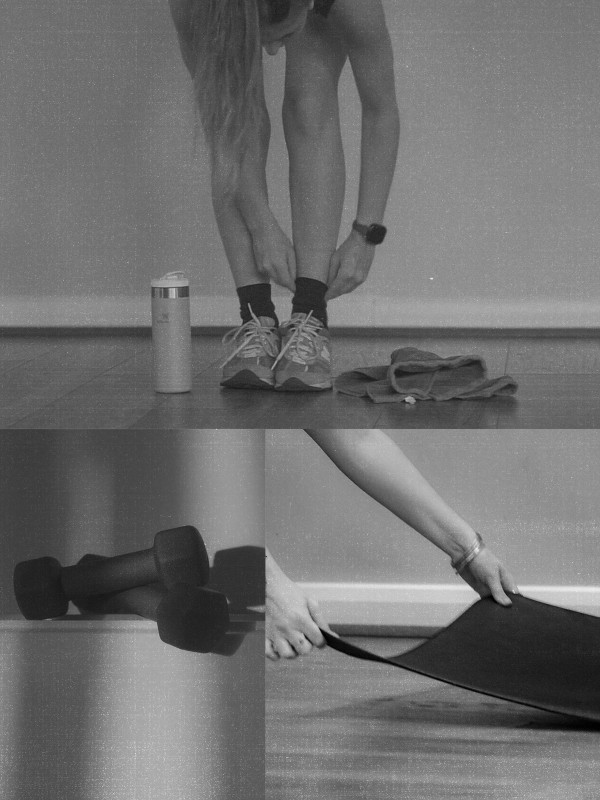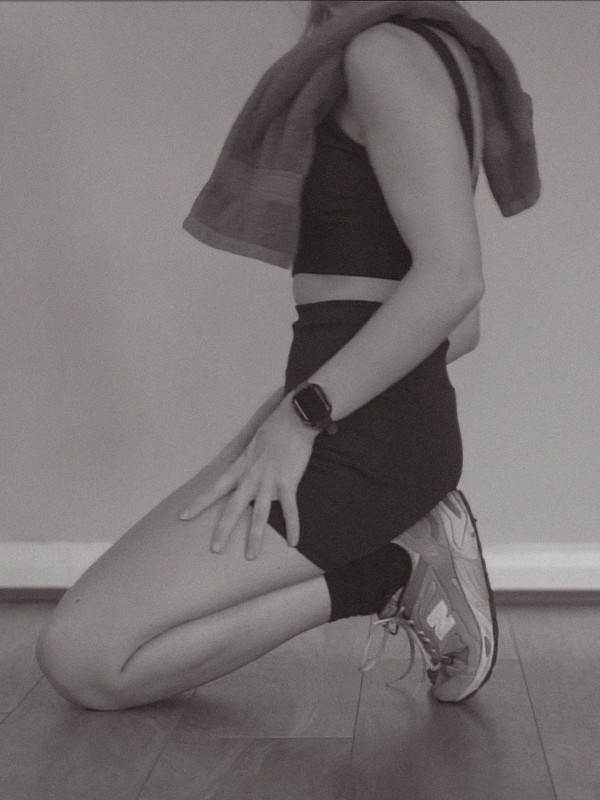How To Make Time For Self-Care At Work
Speak Your Mind
The most important thing to do when your mental health isn’t feeling at its best is to talk to someone. Your boss likely isn’t the first person that springs to mind and it can seem daunting to approach your superior to talk about your mental health issues, but there are steps you can take to make the whole process easier on yourself.
Darain Faraz, Careers Expert at LinkedIn says a good first step before speaking to your boss is to check your employer’s existing policies: “There might already be a policy in place around how you can make time for self-care. For example, you might be able to take advantage of flexi-working and start work slightly later on certain days, so you can make it to a morning yoga or meditation class, which can sometimes help to keep your stress levels in check.”
When it comes to having the conversation with your employer, Darain says to go in prepared – arrange the meeting in a place that you feel comfortable to speak in a calm and clear way, be it in a meeting room or at a coffee shop, and think carefully about why you need to take the time for your self-care.
“Is there something that can be changed in your day-to-day that could help to reduce your stress levels?,” he asks. “If you can go into the conversation with ideas about small changes to your everyday work life, something as simple as being able to take fifteen minutes out of your day to take a walk, it will help to keep the conversation constructive and positive.”
Find A Self-Care App That Works For You
For bitesize bits of calm whilst you’re in the office, there are some great apps for mental health you can use on your lunchbreak, in the office or before a big meeting. Dr Lucy Maddox, an NHS clinical psychologist and lecturer, recommends Headspace, Thought Diary Pro and My Mood Tracker to help deal with your emotions whilst in the workplace.
We also recommend Clementine, a hypnotherapy app made for women to help them build confidence through the use of short mantras.
Watch What You Eat
While junk food can provide an element of comfort when you’re not feeling great, there are some foods that will naturally boost your mood far better than a takeaway. Lily Soutter, qualified nutritionist and ‘tea-tritionist’ for Heath & Heather says that choosing something rich in protein for your lunch, such as a slice of wholegrain bread topped with turkey, will help you feel better due to the tryptophan molecule in the protein: “Tryptophan is the precursor to our happy hormone serotonin. Consumption of foods rich in tryptophan such as meat, fish, eggs, milk, cheese, beans, lentils and even chia seeds can play an important role with influencing mood.”
Furthermore, she points out that studies have suggested adding healthy fats known as omega-3 – found in oily fish such a salmon, mackerel and anchovies – to your diet may help reduce symptoms of depression such as sadness, pessimism and sleeplessness.
When it comes to what you’re drinking, if you’re feeling low Soutter advises cutting out caffeine in the office: “Too much caffeine, particularly in those who have a low tolerance level or aren’t use to it can find that it causes irritability, worsens anxiety and even headaches.” She suggests switching out this bad beverage for something like green tea, which helps stimulate feelings of “relaxed alertness and clarity”, or valerian root, which she says is the herb of choice for those suffering from insomnia.
Realign Your Thinking
It’s all too easy to get caught up in negative thoughts and let the pressure of working life get to you. But if you find yourself with an ever-growing to-do list, mindfulness expert and meditation teacher Neil Seligman suggests you look at it a different way.
“We all have a to-do list, yet most of us get to the end of the day and look at the mountain of tasks we set ourselves to complete and feel a mix of guilt, shame, and failure as we contemplate all the things we didn’t get around to,” he says. “Break the cycle of roll-over failure by creating a ‘done’ list to go along side your to-do list. The idea here is that life serves up all sorts of tasks that were never on your to-do list. So, record every task that you complete – you will soon realise that you have done just fine.”
Seligman also recommends finding small victories everywhere. So, when you add something to your ‘done’ list, take a pause – around 10 seconds – to celebrate.
Take A Look In The Mirror
Along those same lines, when you’re feeling stressed or anxious, you should use every opportunity to take a breath and find calm. So, when you’re in the work bathroom washing your hands, instead of rushing over to the hand dryer, Seligman says to take a moment to look at yourself in the mirror.
“Each time you catch your reflection today use it as a prompt to check in with yourself,” he says. “Feel your feet on the floor and take a deep mindful breath. Inhale fully, exhale completely. Simple.”
Try EFT
Emotional Freedom Techniques (also known as EFT tapping or just simply tapping) is a system combining ancient Chinese acupressure combined with modern psychology. According to tapping experts, it can provide relief from chronic pain, emotional issues, phobias and post-traumatic stress disorder.
Wellness coach Alison T Smith tells us that tapping is perfect for those stressful days at work or when you’re anxious about a meeting: “Whenever we get upset or anxious, blockages are created in the pathways of our energy system; EFT helps to restore the body’s energy balance and rid us of our negative emotions.”
EFT involved tapping two fingers in a very methodical way on certain areas of your body known as ‘meridian points’, whilst at the same time focusing on an emotional or physical issue. The full sequence can be done whilst you’re having a quiet moment in a meeting room or work bathroom. But for a more discreet way to practice EFT – for when you’re at your desk, for example – here’s how it’s done:
1. First, you need to focus on the problem at hand – how you’re feeling, or what you’re worried about. For example: “I’m feeling annoyed with my co-worker”, or “I’m scared how this meeting is going to go”.
2. Then, with the thumb of one hand, gently massage the side of the thumb, followed by each finger, right at the base of the side of each fingernail. Massage for about three or four seconds on each, and then do the same with the other thumb to the thumb and fingers on the other hand.
3. Continue doing this until you feel relief from the problem. You may find that a different problem pops into your mind, if it does, focus on that whilst massaging the fingers one by one.
4. You can of course tap on these points, with your index finger, instead of massage, but massaging is much less obvious, and can be done with your hands under the desk, so nobody has a clue that you’re doing it.
DISCLAIMER: We endeavour to always credit the correct original source of every image we use. If you think a credit may be incorrect, please contact us at info@sheerluxe.com.






